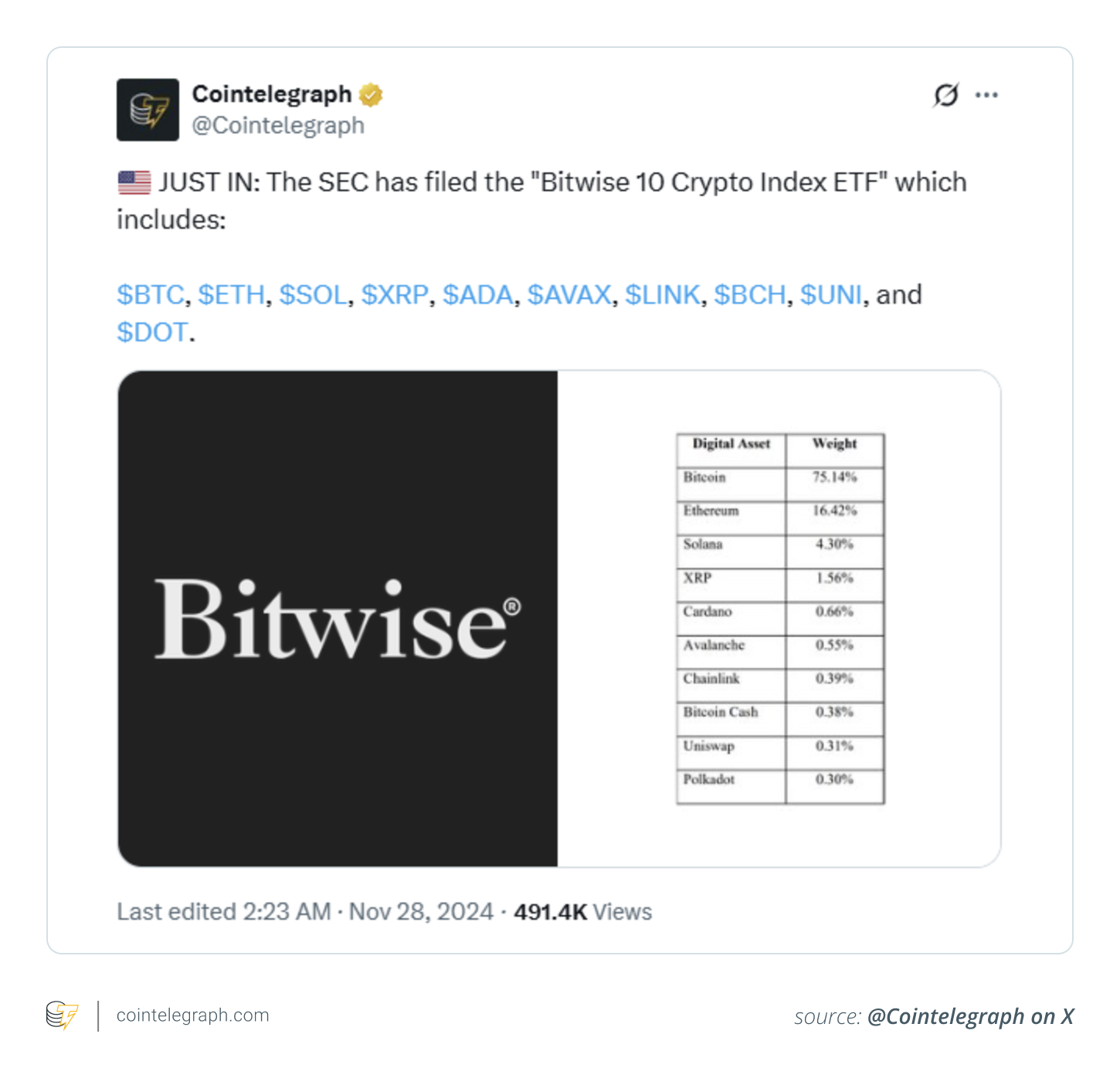
The Rise of Hands-Off Crypto Investing
The allure of the crypto market, with its potential for massive gains, often comes with the reality of constant monitoring and active trading. However, a quieter revolution is underway: the rise of passive crypto investing. This approach, mirroring strategies in traditional finance, allows investors to benefit from the digital asset ecosystem without the stress of daily price fluctuations. At the heart of this trend lie crypto index funds and exchange-traded funds (ETFs), offering a diversified and automated path to building wealth.
Understanding Crypto Index Funds and ETFs
Both index funds and ETFs provide exposure to a basket of cryptocurrencies, but they differ in their structure and accessibility. Index funds, often offered through crypto-native platforms, pool assets to track a specific index, such as the top cryptocurrencies by market capitalization. These funds are typically rebalanced periodically to reflect market changes, providing a long-term, hands-off approach. Meanwhile, crypto ETFs are traded on traditional stock exchanges, offering a familiar investment vehicle for those who prefer to use their existing brokerage accounts. They can focus on a single asset, like Bitcoin (BTC), or offer diversified exposure.

Generating Passive Income with Digital Asset Instruments
Passive income in crypto means earning returns without actively trading. Crypto index funds and ETFs facilitate this by offering several avenues for generating yield. These include:
- Asset Appreciation: As the underlying assets within the fund increase in value.
- Staking Rewards: For funds that include proof-of-stake cryptocurrencies, such as ETH or SOL.
- DeFi Yields: Decentralized index tokens often integrate with DeFi protocols to generate income.
- Covered Call Strategies: Some ETFs employ strategies like covered calls, generating income through option premiums (though this may cap the upside potential).
Exploring Key Players: Examples in 2025
The landscape of crypto index funds and ETFs is constantly evolving. Here are a few examples to illustrate the options available:
- Bitwise 10 (BITW): A leading crypto index fund providing exposure to the top 10 cryptocurrencies by market capitalization.
- TokenSets (DPI, MVI): Offers decentralized index products, allowing for on-chain portfolio management.
- ProShares Bitcoin Strategy ETF (BITO): The first US-approved Bitcoin futures ETF, providing accessible exposure through traditional brokerages.
- Harvest Bitcoin and Ethereum Enhanced Income ETF (HBEE): This ETF focuses on generating high monthly income from both Bitcoin and Ether by writing covered calls.
Navigating the Risks
While passive investing offers a compelling alternative, it is crucial to be aware of the associated risks. These include:
- Market Volatility: The value of your investment will fluctuate with the overall crypto market.
- Smart Contract Risks: Decentralized index funds can be susceptible to vulnerabilities in smart contracts.
- Management Fees: Funds typically charge fees that can impact returns.
- Tracking Error: There may be a difference between the fund’s performance and the underlying assets’ performance.
How to Get Started
Investing in crypto index funds and ETFs is becoming increasingly accessible, with options for both centralized and decentralized platforms. Centralized platforms include traditional stockbrokers for ETFs or crypto exchanges like Coinbase for some index-style funds. For a more decentralized approach, connect a Web3 wallet to platforms like Index Coop or TokenSets. Remember to conduct thorough research on the fund’s composition, rebalancing strategy, and yield mechanisms before investing. Always consult a tax advisor regarding the tax implications in your jurisdiction.
The Long-Term Perspective
If you believe in the long-term growth potential of the crypto market but prefer a less active approach, passive investing through crypto index funds and ETFs offers a compelling strategy. They provide diversification, automation, and the potential for income generation. As the line between traditional finance and decentralized finance continues to blur, these instruments are likely to become even more refined and accessible, further solidifying their role in the future of crypto investing.


